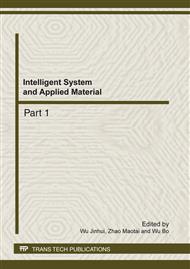p.242
p.246
p.251
p.256
p.262
p.267
p.272
p.277
p.282
Biodegradation Mechanism of Aniline Aerofloat by Bacillus vallismortis Isolated from SBR System
Abstract:
Aniline aerofloat [dianilino dithiophosphoric acid (C6H5NH)2PSSH], is an organic flotation reagent used frequently in lead sulfide mineral (PbS) flotation. It’s a refractory organics in floatation wastewater for it’s hard to be degraded and remains for long. Chemical and physical methods are widely used for treating aniline aerofloat, but that will bring high cost and secondary pollution. In this paper, an aniline aerofloat–degrading bacterium which used aniline aerofloat as sole carbon and energy source was isolated from SBR (sequencing batch reactor) system and the biodegradation pathway of aniline aerofloat was inferred based on the biodegradation mechanism of aniline with physicochemical phenomena of medium.
Info:
Periodical:
Pages:
262-266
Citation:
Online since:
February 2012
Authors:
Keywords:
Price:
Сopyright:
© 2012 Trans Tech Publications Ltd. All Rights Reserved
Share:
Citation:


